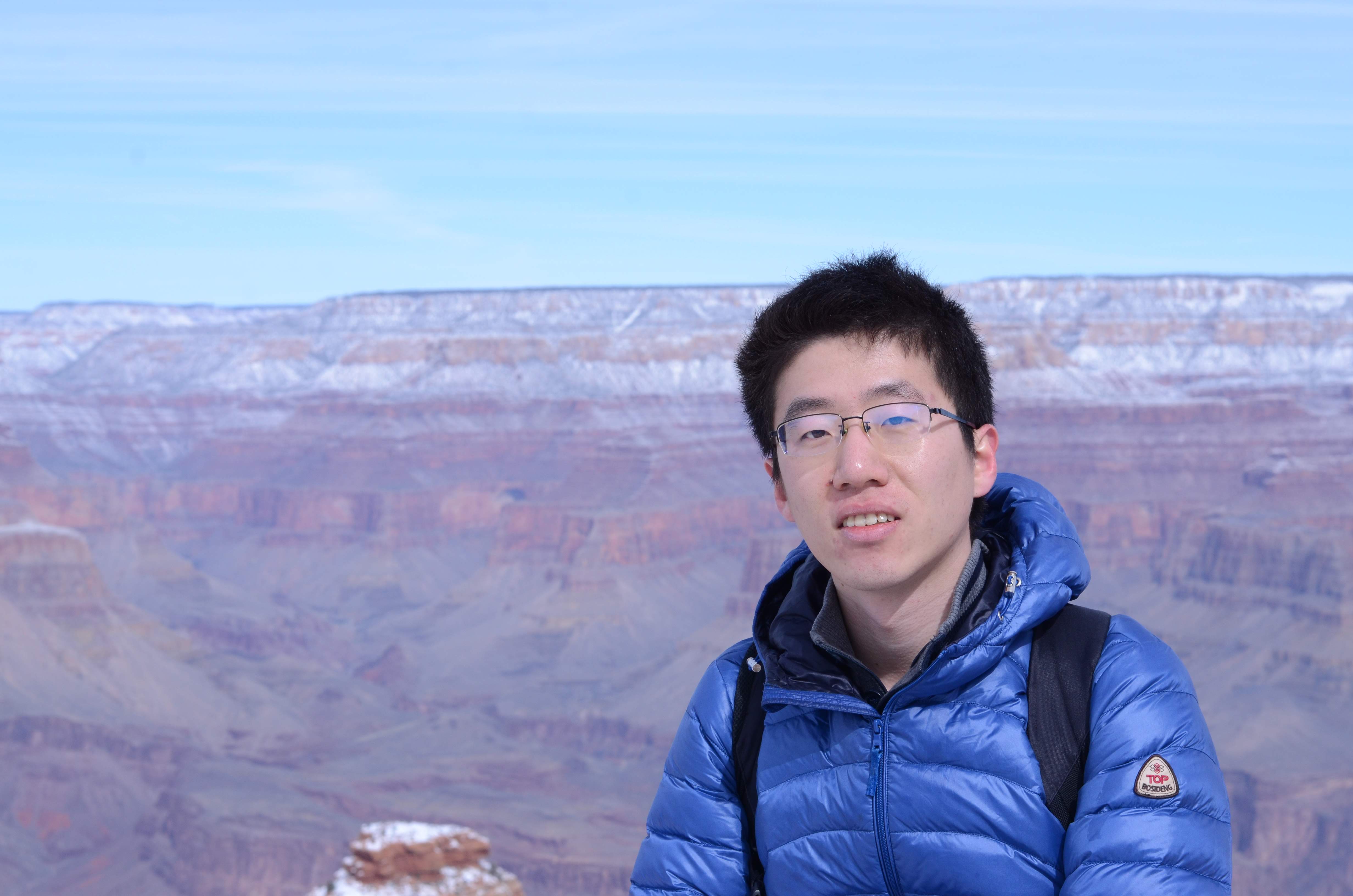Abstract:
Galaxies are not isolated islands in the Universe. Across the cosmic time, they assemble and evolve while frequently interacting with the ambient cosmic gas, namely the circum- and inter-galactic media (CGM/IGM), which belongs to the large-scale structure named the cosmic web. However, specifically what roles this large-scale environment plays in galaxy formation remains as a key open question in modern astronomy.
I will begin this talk by introducing a cosmic web node system discovered from deep Lya observations at z~3. I will address the key question by presenting two ongoing efforts to characterize the galaxies and CGM in this system, both made possible thanks to the unprecedented capabilities of JWST. First, we find that the cosmic system fosters a rare giant disk-like galaxy, over 30 kpc in diameter. Discovery of such a galaxy is unexpected for such an early cosmic epoch, when galaxies in general are yet to assemble their disks and grow in size. The galaxy has peculiar kinematics, indicating that its large disk might have formed with the aid of excessive gas inflows and/or frequent minor mergers in the cosmic web. This discovery supports that the large-scale environment began affecting the assembly of galaxy structures when the Universe was merely 15% of its current age. Second, I will also introduce a spectroscopic followup for the CGM revealed by previous Lya observations, and show how the new observations will make it possible to quantify several key properties of the CGM in the cosmic web.

